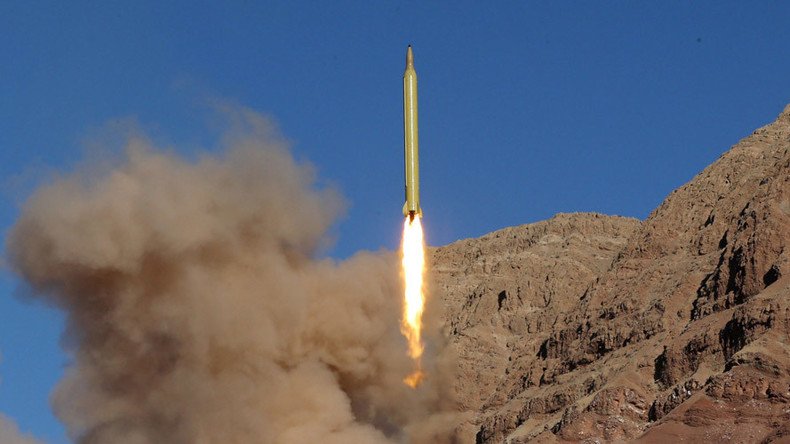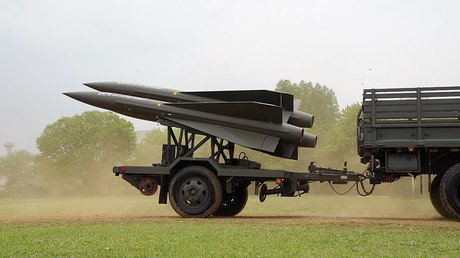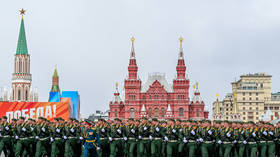Worldwide advancements in missile technologies putting US more at risk – Pentagon report

Countries around the world are advancing their ballistic and cruise missile technologies, and increasing potential threats towards the US, according to a new Pentagon report seen by Bloomberg.
The report, conducted by the National Air and Space Intelligence Center and Defense Intelligence Ballistic Missile Analysis Committee, says that the “last decade has seen a dramatic increase in ballistic missile capabilities to include accuracy, post-boost maneuverability, and combat effectiveness.”
It notes that ballistic missiles “can be deployed in silos, on submarines, surface ships, road- and rail-mobile launchers and aircraft.”
The report, seen by Bloomberg in advance of its release, specifically mentions advancements in technology by North Korea, China, Russia, and Iran.
It notes that hypersonic glide vehicles (HGVs) are being developed by Moscow and Beijing.
“HGVs are maneuverable vehicles that travel at hypersonic (greater than Mach 5) speed and spend most of their flight at much lower altitudes than a typical ballistic missile,” the report states.
“The combination of high speed, maneuverability, and relatively low altitude makes them challenging targets for missile defense systems.”
It goes on to state that China continues to have the “most active and diverse ballistic missile development program in the world.”
“It is developing and testing offensive missiles, forming additional missile units, qualitatively upgrading missile systems, and developing methods to counter ballistic missile defenses.”
It also noted that Russia, which surpassed the US in deployed nuclear warheads in 2014, is “expected to retain the largest force of strategic ballistic missiles outside the United States.”
READ MORE: North Korea tests suspected ICBM rocket engine – US officials
When it comes to Iran, the report said its desire to have a “strategic counter to the United States could drive it to field an ICBM (intercontinental ballistic missile).”
“Progress in Iran’s space program could shorten a pathway to an ICBM because space launch vehicles (SLV) use inherently similar technologies.”
Tensions between Iran and the US have continued to mount since US President Donald Trump took office, largely due to its nuclear and ballistic missile programs.
Trump has repeatedly referred to a historic nuclear deal agreed between Tehran and six world powers at the “worst deal ever negotiated,” and put Iran “on notice” in February after it conducted a missile test.
Iran has been formally PUT ON NOTICE for firing a ballistic missile.Should have been thankful for the terrible deal the U.S. made with them!
— Donald J. Trump (@realDonaldTrump) February 2, 2017
Meanwhile, tensions between the US and North Korea have also mounted over Pyongyang’s nuclear and ballistic missile capabilities, with Pyongyang ignoring calls from Washington and others to halt both programs.














